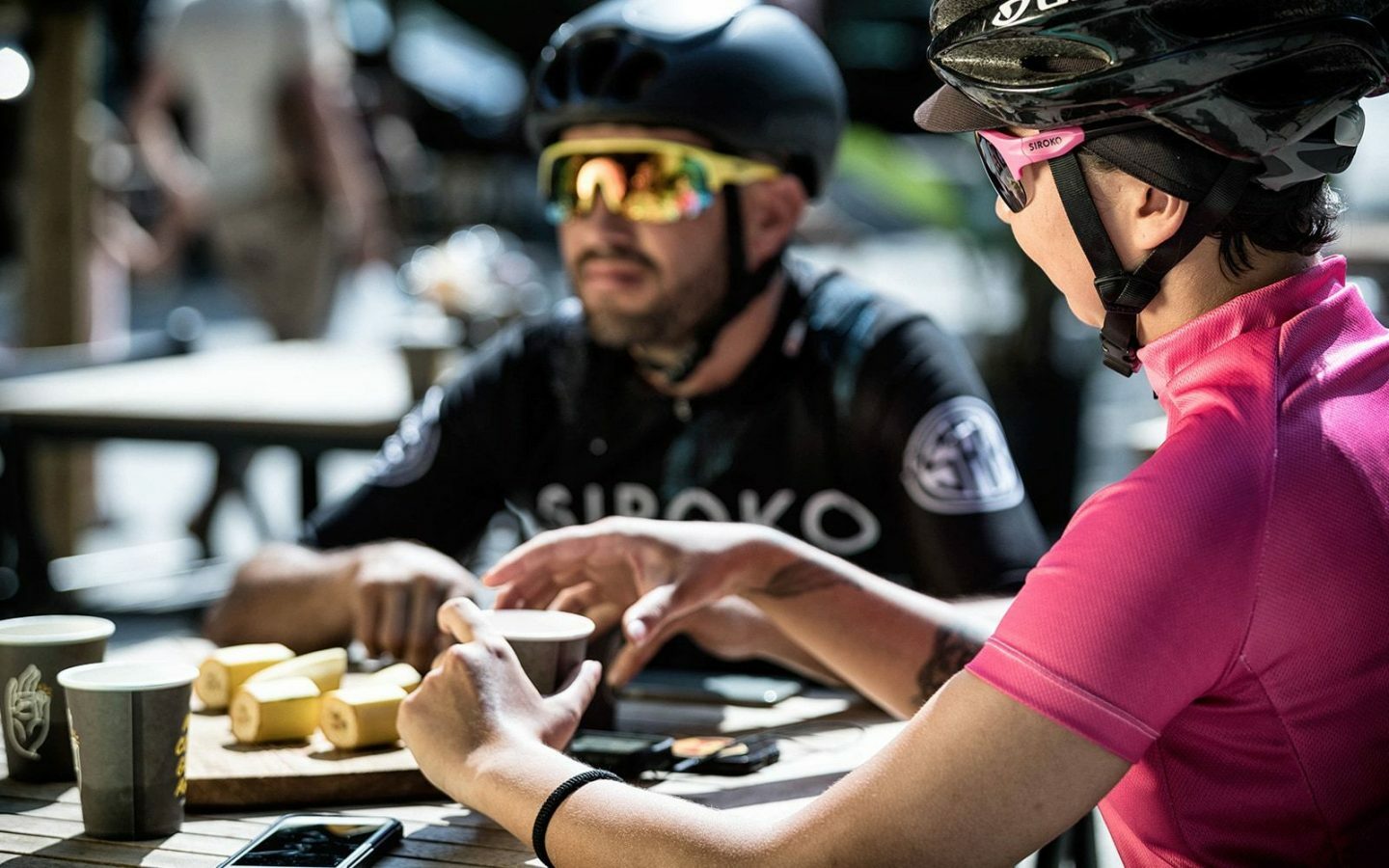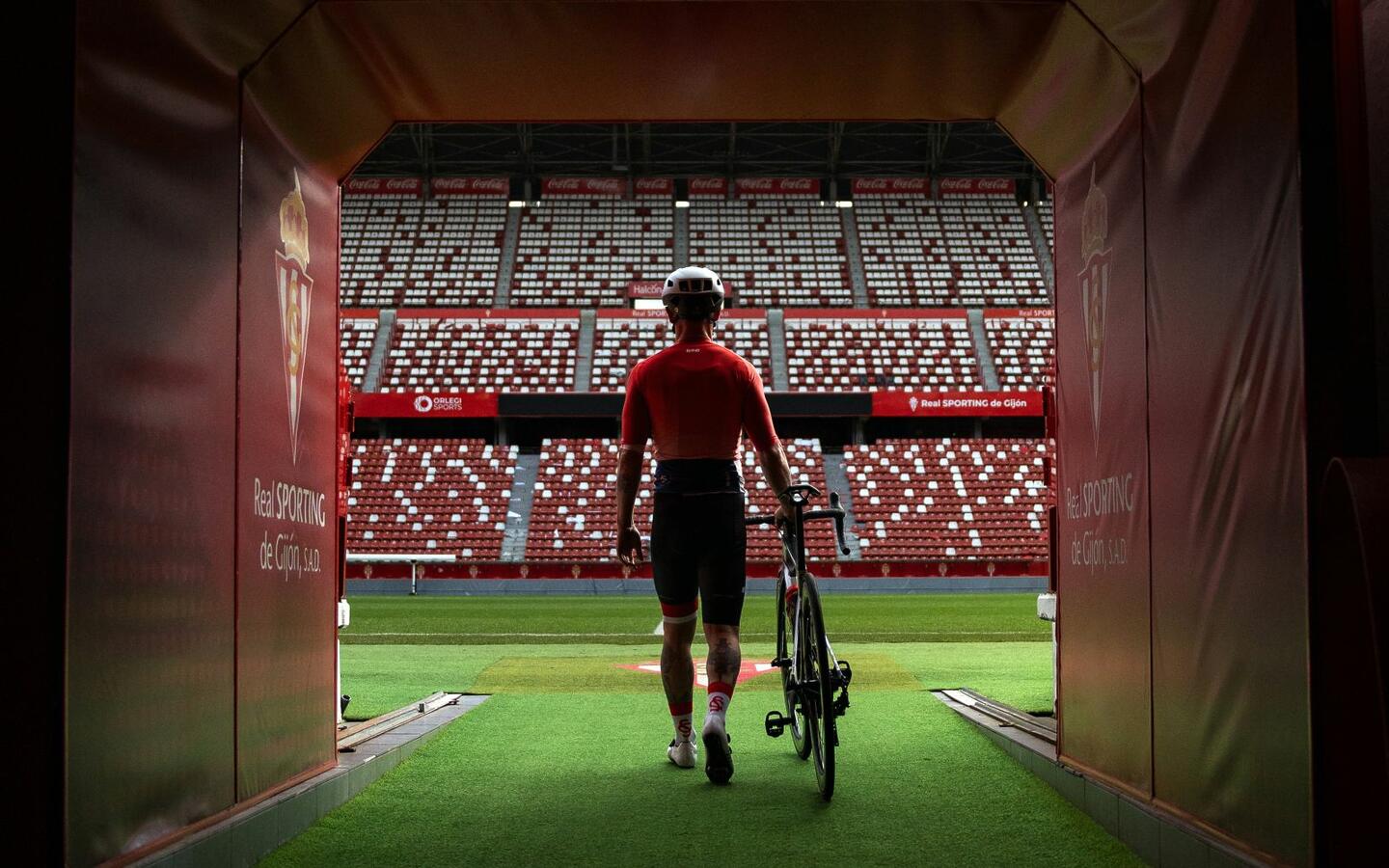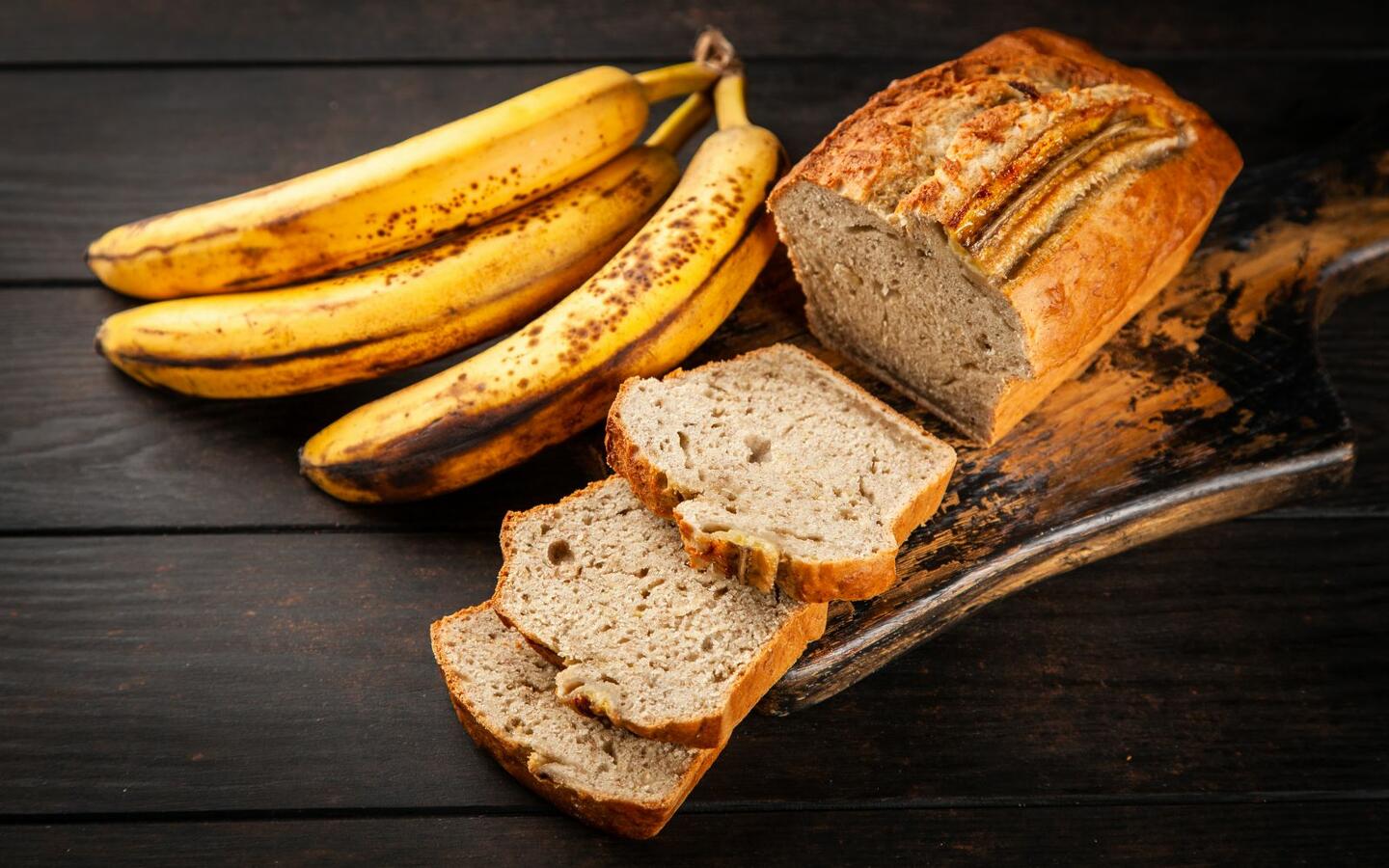If you are a cyclist or practice any other sport, you might have heard that athletes need to consume more protein than recommended otherwise their performance may be affected. The purpose of this blog post is not to discuss whether this is true or not (that would take another long article) but to give you some facts to clarify the situation:
- The WHO recommendation for an adult is 0.83 g of protein per kg of body weight per day.
- According to some studies, cyclists should eat 1.2 g to 1.4 g of protein per kg of body weight per day.
- Riding a bike burns energy so it’s only logical to say that we should eat more protein simply because we need more energy, however….
- In the Western world we are already eating more protein than recommended:
- In the UK the recommended daily intake is 56 g for men and 45 g for women. British men consume 88 g per day and British women 64 g per day.
- In Spain 16.8% of daily calorie intake comes from protein. The EFSA recommendation is 15%.
- In the United States more than half of the population exceeds the recommended protein intake.
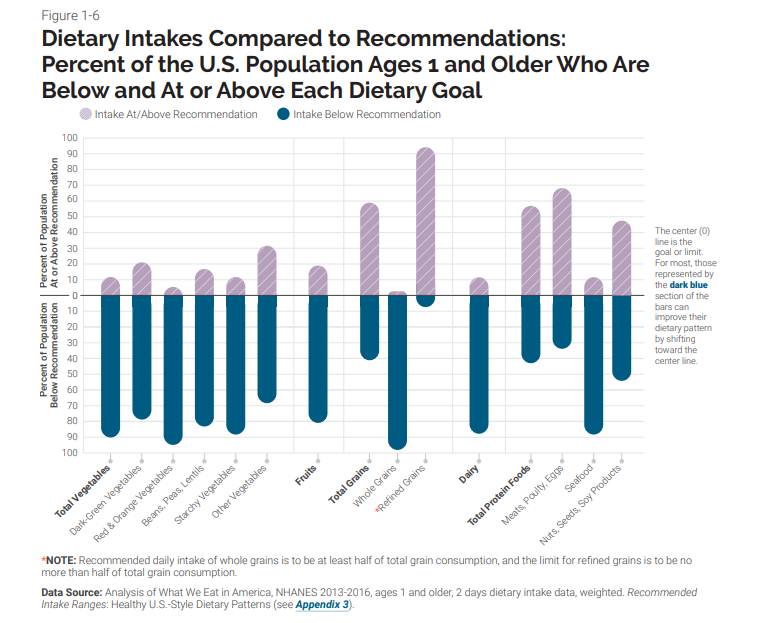
Given the recommendations and what we are actually eating, it is clear that we need to reassess the message about the need for protein. If we follow a healthy, well-balanced diet, we will not have a protein deficiency. That’s why we would like to give you 10 simple, quick and affordable snack ideas so that after training you won’t need to rely on protein shakes but rather on healthy food.
Boiled egg with steamed broccoli and carrots
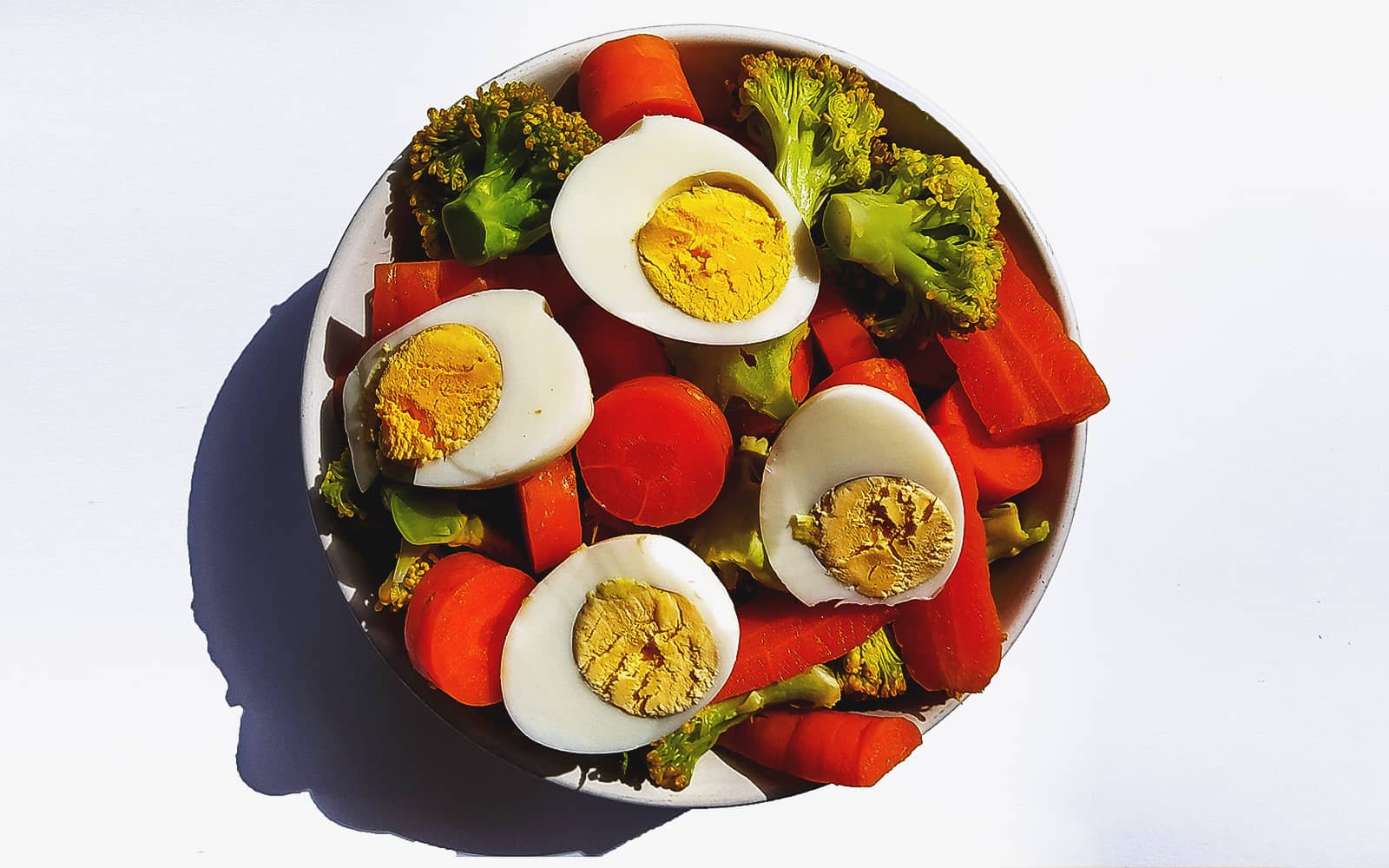
- Hard boil two eggs (10-12 minutes after the water boils). Peel and store them in the fridge.
- Cut 100 g broccoli and 100 g peeled carrots into large pieces. Steam cook or microwave them (5 minutes at highest power level with two tablespoons of water in the container, covered with a plate). Cooked al dente, they keep their colors. Let them cool and put them in the fridge.
When you get home, open the fridge, cut the eggs into slices, add the broccoli and carrots, a dash of olive oil, salt, spices and enjoy your snack. It contains a total of 16 g of protein and 262 calories.
A bag of mixed dried fruits and nuts
The simplest snack of all. Nuts are a good source of protein, particularly peanuts (25.2 g of protein per 100 g, almonds (18.7) and pistachios (17.6), but also cashews (17.2), walnuts (14.4) and hazelnuts (12). Choose raw or roasted, not fried or salted. Be careful: nuts are high-calorie foods, easy to go overboard on. However, a handful of pistachios (562 calories per 100 g) is always better than two donuts (470 calories).
Hummus with raw vegetables

Homemade hummus is very easy to make but you can always get a store-bought one. They are usually quite healthy and stick to the original recipe and ingredients. Chickpeas are a good source of protein (18.6 g per 100 g) with all the essential amino acids (low only in methionine) and raw vegetables help with hydration. You can use celery, red, yellow or green peppers, carrot strips or slices, endive…
Cottage cheese with pumpkin seeds and blueberries

Dairy products are a good source of protein and cottage cheese is also low in fat. 100 g provides about 13 g of protein. Add some pumpkin seeds (24 g of protein per 100 g) and blueberries (water, potassium, carbohydrates and vitamins) and you’ll get a perfect snack to get your body back on track. You can use any other seasonal fruit, different seeds or nuts. Be careful with very small seeds, such as chia or sesame: if you do not grind them, they might cause unexpected bowel movements.
Yogurt with oat flakes and seasonal fruit
Even simpler than the previous one. Mix 125 g of skimmed yogurt (5.4 g of protein), with oat flakes (13.5 g of protein) and a piece of any seasonal fruit. Bananas and kiwi will make it sweet and tangy at the same time. Pineapple and a bit of cinnamon will also be delicious.
Apple sandwiches with pistachios and peanut butter

In this snack we are going to use apples as if they were slices of bread. Simply cut your favorite apple into slices, spread one with peanut butter (26 g of protein per 100 g), chop some pistachios (17.6) and put them on top of the peanut butter. Take another apple slice, put it on top and bon appetit!
Popcorn and fat-free chocolate milkshake
Popcorn is a lot healthier than you think. Just choose popcorn kernels instead of ready-made microwaveable popcorn bags. Put 40 g of kernels in a microwave-safe bowl, cover it with a microwave-safe lid and microwave for 5 minutes at 800w. They will start to pop. When the popping slows, they are ready. To complete the snack, add a glass of skimmed milk (250 ml) with a spoonful of pure defatted cocoa (10 g). That will give us a total of 14 g of protein and only 259 calories.
Low fat fresh cheese with orange
100 g of fresh cheese provide 12 g of protein and although the protein content of an orange is very low, the fruit is rich in water, carbohydrates, fiber and vitamins. You simply need to cut the cheese and separate the orange wedges, grab a fork and eat. You can add cinnamon or give it a crunchy touch with some dried fruit.
Frozen Greek yogurt popsicles with strawberries and walnuts

A perfect snack for those hot days when we get home hungry and craving for something fresh and light. If you don’t have popsicle molds, you can use the ice cube tray from the freezer. Mix 125 g of Greek yogurt with 20 g of walnuts and 50 g of strawberries, all chopped into small pieces. Fill the ice cube tray with the mixture and put it in the freezer. When you get home after a cycling workout, take out the ice cube tray, leave it out of the freezer for a few minutes and take out the frozen snacks with a fork or a spoon. In total 9 g of protein and 308 calories.
Tuna with sliced tomatoes on lettuce leaves

Finally, a classic among the protein sources: tuna (18 gr of protein in 100 gr). In this snack we are using lettuce leaves because they can easily hold the weight of the tomato and the tuna, but you can also use endive, wholemeal bread or both. Mix the tuna with a sliced tomato and put them together on the lettuce leaves.
